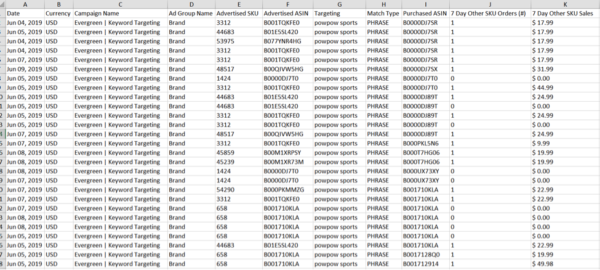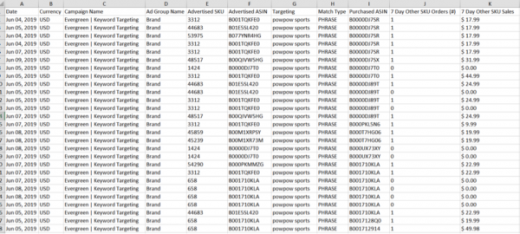All About Amazon’s Sponsored Products Ads: Building the Right Structure
— June 18, 2019

kirstyfields / Pixabay
Amazon is on a mission to help advertisers increase awareness and drive sales on its platform. To this end, they’ve made a suite of ad types available that more and more advertisers are embracing, including the focus of this three-part series—Sponsored Products.
With the Amazon Sponsored Products ad campaign type, you can create innumerable combinations of keywords, products, and other targets to advertise your product catalog. As Prime Day approaches and to get you up to speed with this robust ad type, let’s take a look, in our first article in the series, at some structural examples of Sponsored Products ads and the benefits of each one.
In The Spotlight
Amazon Sponsored Products allow for a really interesting interplay between keyword and product selection. This concept is especially important when considering what products you want to pair with your high-value brand keywords. In most cases, you want to use these keywords to do one of a few different things. Add brand keywords and then select products that are:
- Proven best sellers, representative of your brand
- On sale or otherwise showcased in some way in the short term
- Up-and-coming products that you want to introduce to the market
Use these keywords to your advantage and keep in mind the strategies don’t have to be mutually exclusive. With Sponsored Products, finding the right product selection can be just as important as including the right keywords.
All for One … and One for All?
How are you using the Purchased Product report? This report provides details on the actual ASINs purchased after a customer clicked your ad, whether the product was advertised or not.

Purchased Product report
For a Sponsored Products campaign you’re required to selectively add products to advertise. Only those products selected will show in your Sponsored Products ad. However, that doesn’t prevent someone from purchasing a product that’s not the same as the one advertised. This is where the Purchased Product report is useful.
One strategy is to use your best-selling product or variant as a lead-in Sponsored Product. This is a more conservative approach than selecting a wider group of products and leaving it to Amazon to determine which to advertise.
With the “one for all” approach, you’re able to review the Purchased Product report and understand if more products or variants should be added to the campaign, or possibly if there are undiscovered products that are being purchased more often than the one being advertised!
Totally Automatic
A Sponsored Products campaign set to Automatic can be extremely valuable in an exploratory sense. With this setting, there is no keyword selection—you get to leave all that to Amazon. This lets you focus on product selection and removes the guesswork.
After some time, review your Search Query reports to see what terms are working well, and break these out into a new campaign with a Manual setting. Using this process enables you to make data-driven decisions—picking keywords that have already proven to work, and assigning bids based on accrued historical data.
Conclusion
These are just a handful of the strategies to consider when using Amazon Sponsored Products. Here, we’ve only looked at keyword targeting, but things start to get even more interesting and sophisticated with the newly introduced Product Attribute Targets (PATs). More on those in a future article. For now, stay tuned for the next post in this Sponsored Products series, where we’ll go deeper into the targeting methods that Amazon uses for this ad type.
Digital & Social Articles on Business 2 Community
(28)


